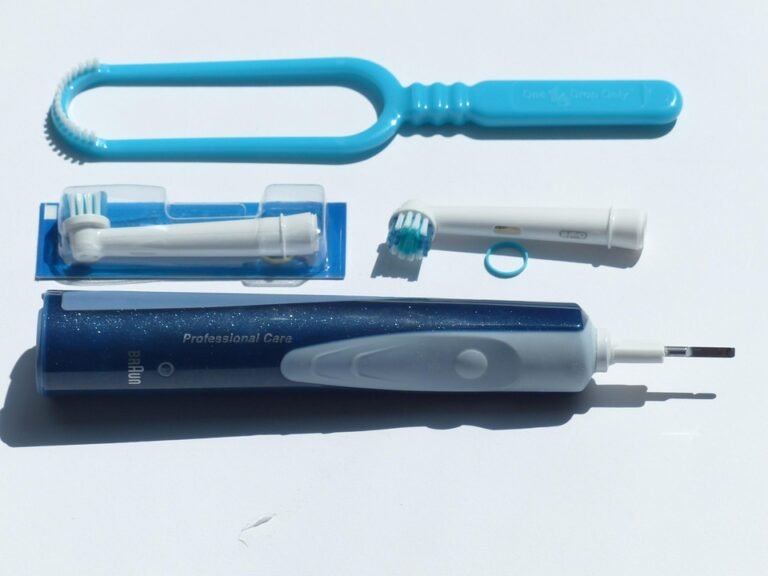How can YouTube videos generate leads for my dental practice
Okay, so I’ve been hearing a lot about using YouTube for marketing, but honestly, I’m a dentist, not a videographer! I’m wondering how I can actually turn YouTube videos into real leads for my practice. Just putting up some videos and hoping for the best doesn’t seem like a solid strategy.
Specifically, I’m thinking about things like:
- What kind of content should I create? Before and after shots? Explainer videos about procedures? Something else entirely? I don’t want to just bore people.
- How do I optimize my videos so people can actually find them? I’ve heard about SEO, but I’m clueless when it comes to YouTube.
- What’s the best way to get viewers to contact my practice? Just leaving a phone number in the description? Is there anything more creative I can do?
- How do I track if my YouTube efforts are actually working? I need to see some ROI on this investment. Are there specific metrics I should be paying attention to?
- Are there any ethical considerations I need to keep in mind? Obviously, I want to be professional and avoid any misleading claims.
- What equipment do I realistically need to get started? I don’t have a huge budget.
I’m really hoping to attract new patients and establish myself as a trusted expert in the area. Any advice would be hugely appreciated!
Answer
YouTube videos can be a powerful lead generation tool for your dental practice when implemented strategically. Here’s a detailed breakdown of how to leverage YouTube:
I. Content Strategy: Focus on Informative and Engaging Content
The core of your YouTube strategy is creating valuable content that attracts and resonates with potential patients. Avoid overly promotional or sales-y videos. Instead, focus on providing solutions, answering questions, and showcasing your expertise.
-
Educational Videos:
- Oral Hygiene Tutorials: Demonstrate proper brushing techniques, flossing methods, and the use of interdental brushes or water flossers. Cater these to different age groups and dental needs (e.g., braces, dentures, implants).
- Explanations of Dental Procedures: Break down complex procedures like root canals, dental implants, Invisalign, teeth whitening, and gum grafting into easy-to-understand segments. Use animations, diagrams, and real-life footage (with patient consent) to illustrate the process. Explain the benefits, risks, and recovery process associated with each procedure.
- Dental Health Conditions: Create videos addressing common dental issues like cavities, gum disease, bad breath, teeth grinding (bruxism), TMJ disorders, and tooth sensitivity. Discuss the causes, symptoms, treatment options, and preventive measures.
- Myth-Busting Videos: Debunk common misconceptions about dental care. For example, address myths about teeth whitening, fillings, or the safety of dental X-rays.
- Pediatric Dentistry Tips: Offer advice for parents on caring for their children’s teeth, addressing topics like teething, thumb sucking, fluoride application, and preventing early childhood caries.
-
Practice Showcase Videos:
- Office Tours: Give potential patients a virtual tour of your dental practice. Highlight the modern technology, comfortable amenities, and the welcoming atmosphere. Introduce your team members.
- Meet the Dentist/Team Videos: Feature individual team members, allowing them to share their expertise, passion for dentistry, and commitment to patient care. This helps build trust and rapport before patients even step into the office.
- Patient Testimonials: With explicit patient consent and adherence to privacy regulations (HIPAA in the US), share positive patient experiences. Authentic testimonials are a powerful form of social proof.
- Behind-the-Scenes Videos: Offer a glimpse into the day-to-day operations of your practice. This can help demystify dental procedures and create a more personal connection with viewers.
- Community Engagement Videos:
- Q&A Sessions: Invite viewers to submit dental-related questions and answer them in a video format. Promote these sessions on your social media channels to maximize participation.
- Interviews with Specialists: Collaborate with other healthcare professionals (e.g., orthodontists, periodontists, oral surgeons) to create informative videos on specialized dental topics.
- Dental Health News Updates: Share updates on the latest advancements in dental technology, research findings, and public health initiatives related to oral health.
II. Optimization for Search and Discovery: Make Your Videos Findable
Creating great content is only half the battle. You need to optimize your videos for search so that potential patients can easily find them.
- Keyword Research: Use tools like Google Keyword Planner, Ahrefs, or SEMrush to identify relevant keywords related to dental services, procedures, and oral health concerns in your target geographic area. Examples: "dentist [city]", "teeth whitening [city]", "Invisalign cost [city]", "emergency dentist near me".
- Compelling Titles: Craft attention-grabbing titles that include relevant keywords. Keep them concise and descriptive. Example: "Teeth Whitening: Get a Brighter Smile in [City] | [Dental Practice Name]".
- Detailed Descriptions: Write thorough video descriptions that provide a summary of the video’s content, include relevant keywords, and add a call to action (e.g., "Schedule your appointment today!"). Include links to your website, online booking platform, and social media profiles.
- Relevant Tags: Use a variety of relevant tags to help YouTube understand the content of your video. Include both broad and specific keywords.
- Custom Thumbnails: Create visually appealing custom thumbnails that accurately represent the video’s content. Use high-quality images and incorporate your practice’s branding.
- Closed Captions/Subtitles: Add closed captions or subtitles to your videos to make them accessible to a wider audience, including those who are deaf or hard of hearing, and those who prefer to watch videos with the sound off. This also helps with search engine optimization.
III. Call to Action and Lead Capture: Convert Viewers into Patients
The ultimate goal is to convert viewers into leads and ultimately, patients. This requires strategic placement of calls to action and effective lead capture methods.
- Verbal Calls to Action: Include clear verbal calls to action within your videos. Examples: "Visit our website to learn more," "Schedule your free consultation," "Call us today to book your appointment."
- On-Screen Annotations and End Screens: Use YouTube’s annotation and end screen features to add clickable buttons that link to your website, online booking platform, or other relevant resources.
- Website Integration: Embed your YouTube videos on relevant pages of your dental practice’s website. This can improve engagement and time spent on site.
- Lead Magnet: Offer a valuable free resource (e.g., a downloadable guide to teeth whitening, a coupon for a free dental exam) in exchange for viewers’ contact information. Promote this lead magnet in your videos and description. Use a landing page on your website to capture the information.
- YouTube Cards: Use YouTube cards to promote other relevant videos, playlists, or external links (e.g., to your website).
IV. Promotion and Engagement: Expand Your Reach
To maximize the impact of your YouTube videos, you need to promote them and engage with your audience.
- Cross-Promotion: Share your YouTube videos on your other social media channels (Facebook, Instagram, Twitter, LinkedIn).
- Email Marketing: Include links to your YouTube videos in your email newsletters.
- Paid Advertising: Consider running targeted YouTube ads to reach a wider audience within your local area who are searching for dental services.
- Community Engagement: Respond to comments on your videos, ask questions, and encourage viewers to subscribe to your channel.
- Collaboration: Partner with other local businesses or influencers to cross-promote each other’s content.
V. Tracking and Analysis: Measure Your Results
Use YouTube Analytics to track the performance of your videos and identify areas for improvement.
- Key Metrics: Monitor metrics such as views, watch time, audience retention, engagement (likes, comments, shares), and traffic sources.
- Conversion Tracking: Set up conversion tracking to measure how many leads and appointments are generated from your YouTube videos. This may require integration with your website’s analytics.
- A/B Testing: Experiment with different titles, thumbnails, descriptions, and calls to action to optimize your video performance.
- Audience Demographics: Analyze audience demographics to understand who is watching your videos and tailor your content accordingly.
VI. Compliance and Ethical Considerations
- HIPAA Compliance (in the US): Always obtain explicit written consent from patients before featuring them in videos. Ensure that any patient information shared in your videos is de-identified and compliant with HIPAA regulations.
- Accuracy and Transparency: Provide accurate and unbiased information in your videos. Disclose any potential conflicts of interest.
- Professionalism: Maintain a professional and ethical demeanor in all of your videos.
- Copyright: Ensure that you have the necessary rights and permissions to use any music, images, or video footage in your videos.
By consistently creating high-quality content, optimizing your videos for search, promoting your channel, and engaging with your audience, you can effectively use YouTube to generate leads and grow your dental practice. Remember that building a successful YouTube channel takes time and effort. Be patient, persistent, and committed to providing valuable content that resonates with your target audience.




